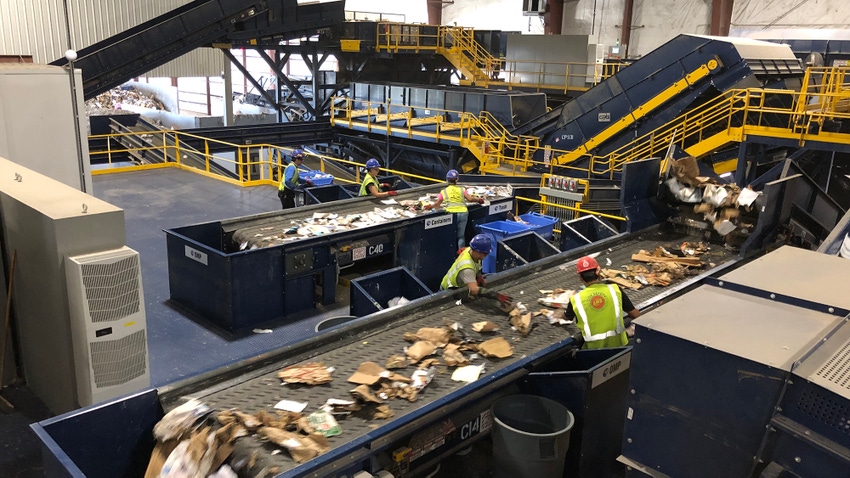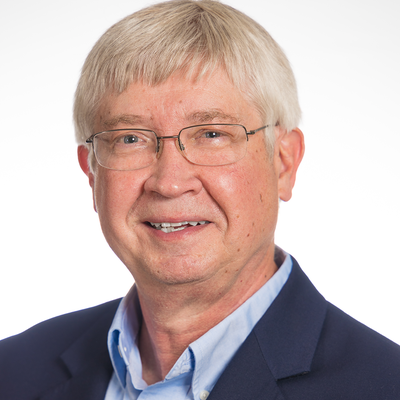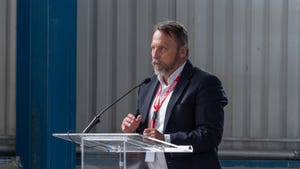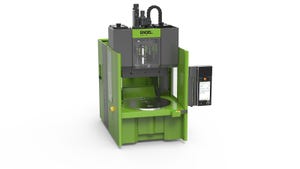Recycling in an MRF Minute: $50 Million Plus Benefits
What’s the impact of a new recycling plant? Consider The Exchange materials recovery facility (MRF) that opened last summer in Chicago.

I was fortunate to preview a new $50 million materials recovery facility (MRF) in Chicago opened last year by Lakeshore Recycling Systems (LRS). That eye-opening experience in August the day before the grand opening included a unique garbage truck ride-along and facility tour.
The plant walk-though underscored the intricate sequence of connected, high-speed automated processes that make sortation — and therefore mixed material recycling — possible for a range of recyclable packaging materials.
More than that, the integrated processes enable an efficient, much-needed reality of processing recyclable materials at a commercial scale.
The lofty goals of brand’s sustainable packaging initiatives rely on MRFs like this as the foundation of the whole recycling infrastructure.
Which sparks our first question: Why that name?
“The Exchange was named for the street it’s on, Exchange Avenue, but this name also signifies the exchange that happens within,” responds Joy Rifkin, LRS manager, sustainability and training. “Trucks tip piles of mixed materials, which are ‘exchanged’ into isolated commodities for recycling.”
Rifkin also provides the following highlights of the positive impact The Exchange has made throughout the area and beyond these past months.
Benefits of The Exchange’s recycling operations.
The massive LRS Exchange Material Recovery Facility sorts most of the recyclables from the Chicagoland area.
The Exchange was built on the former Chicago stockyards property.
The Exchange fosters positive change through responsible waste practices.
The Exchange can process 25 tons or 50,000 lb of recyclables per hour.
The Exchange’s processing capacity plays a pivotal role in enhancing waste diversion efforts in the Chicagoland area.
The MRF sorts all the recyclables collected for the City of Chicago’s blue cart recycling program, as well as recyclables from businesses, school districts, and surrounding municipalities.
The Exchange has not only made significant strides in environmental sustainability but has also made a positive economic impact on the community.
The facility generated 95 construction jobs and created more than 50 new permanent positions.
The Exchange supplies viable recyclable materials to numerous mills and factories in the Midwest, contributing to regional economic development.
If you’re in the Chicagoland area and want to visit this impressive facility, LRS is hosting a first community open house on Earth Day, Monday April 22. Sign-up for the event is open for three tour windows at LRSrecycles.com/Recycling101.
This report debuts a new weekly series running throughout the month in honor of Earth Day in which we’ll explore different aspects and details of LRS' recycling facility.
Next week’s topic: a closer look at The Exchange’s recycling processes.
About the Author(s)
You May Also Like




